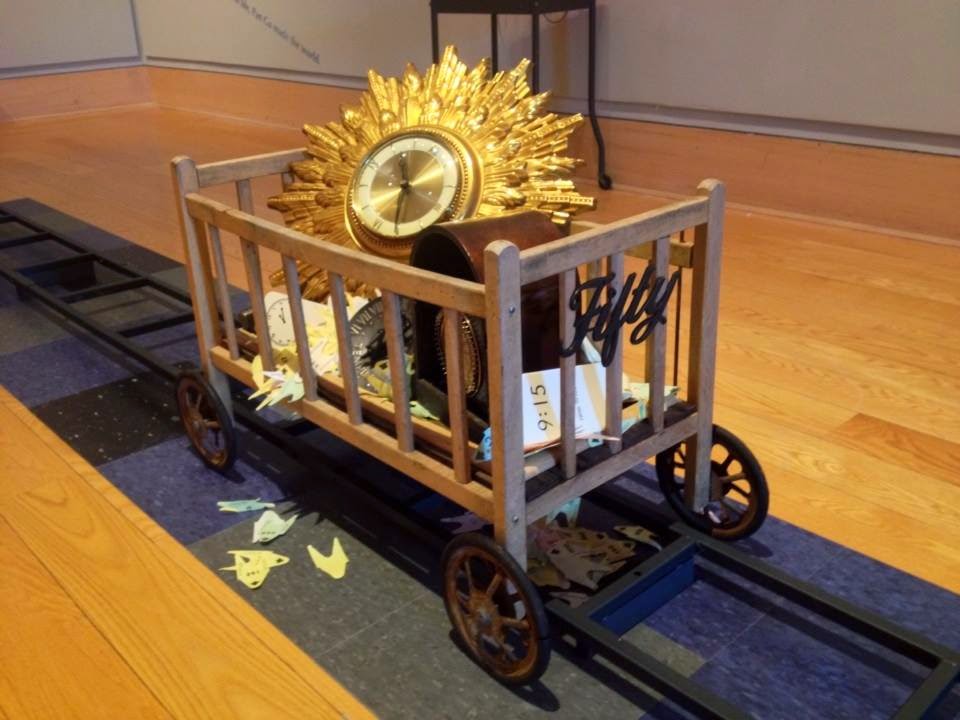For my final project of Digital Processes, I staged a performance art event a la Rirkrit Tiravanija. It was a birthday party. for bread.
The facebook invitation read as follows:
Who's birthday? BREAD!
When? Monday June 9th at 5:30
Where? Wriston Ampitheater
Why?
Why? Because bread is life.
This idea began with the desire to share with the collective 'you' my passion for baking bread. I feel a possesive, maternal, and deeply spiritual connection to bread's yeasty goodness. Upon further research, I learned that the word "companion" literally breaks down into "to share bread." Bread sustains us, brings us together, and and plays an integral role in our social, cultural, economic lives.
I invite you to come break bread with me and join in the basic, but essential ritual of consuming delicious bread babies
I bought party hats, plates, napkins, and a tablecloth in preparation for this event. I awoke at 6 am the morning of June 9th to begin baking the loaves for the 5:30pm event. The total came to 1 loaf of french bread, 1 loaf of rosemary, 2 loaves of challah, 1 loaf of focaccia, and two loaves of wheat. To my genuine delight, people came!!!
The birthday party was a great success. I can;t begin to express the joy I felt upon seeing everyone in party hats. Moreover, I truly felt that the gathering of people around a common, shared food item encapsulated Bourriaud's concept of relationalism. The art wasn't so much the bread as it was the people who shared it, and the social component that permeated the entire piece.





















